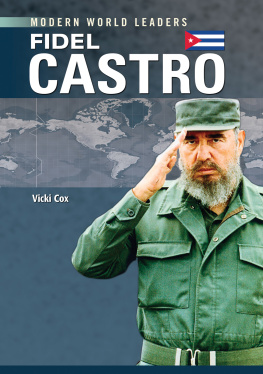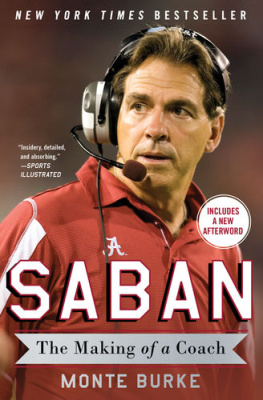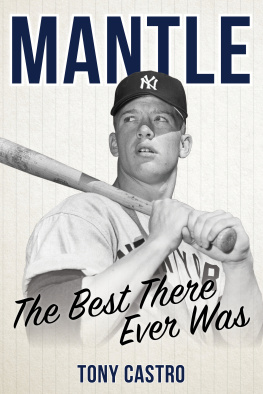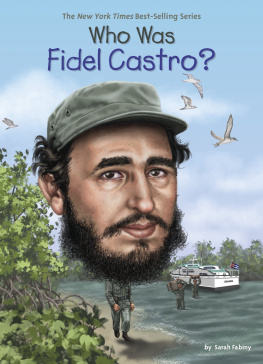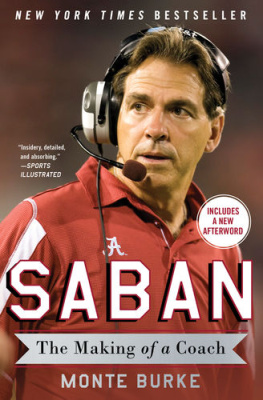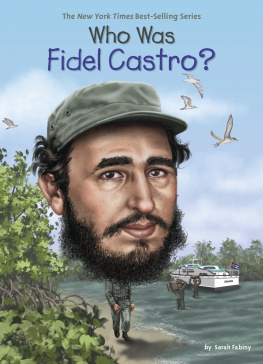Tony Castro - Gehrig and the Babe
Here you can read online Tony Castro - Gehrig and the Babe full text of the book (entire story) in english for free. Download pdf and epub, get meaning, cover and reviews about this ebook. year: 2018, publisher: Triumph Books, genre: Detective and thriller. Description of the work, (preface) as well as reviews are available. Best literature library LitArk.com created for fans of good reading and offers a wide selection of genres:
Romance novel
Science fiction
Adventure
Detective
Science
History
Home and family
Prose
Art
Politics
Computer
Non-fiction
Religion
Business
Children
Humor
Choose a favorite category and find really read worthwhile books. Enjoy immersion in the world of imagination, feel the emotions of the characters or learn something new for yourself, make an fascinating discovery.

- Book:Gehrig and the Babe
- Author:
- Publisher:Triumph Books
- Genre:
- Year:2018
- Rating:5 / 5
- Favourites:Add to favourites
- Your mark:
- 100
- 1
- 2
- 3
- 4
- 5
Gehrig and the Babe: summary, description and annotation
We offer to read an annotation, description, summary or preface (depends on what the author of the book "Gehrig and the Babe" wrote himself). If you haven't found the necessary information about the book — write in the comments, we will try to find it.
Gehrig and the Babe — read online for free the complete book (whole text) full work
Below is the text of the book, divided by pages. System saving the place of the last page read, allows you to conveniently read the book "Gehrig and the Babe" online for free, without having to search again every time where you left off. Put a bookmark, and you can go to the page where you finished reading at any time.
Font size:
Interval:
Bookmark:
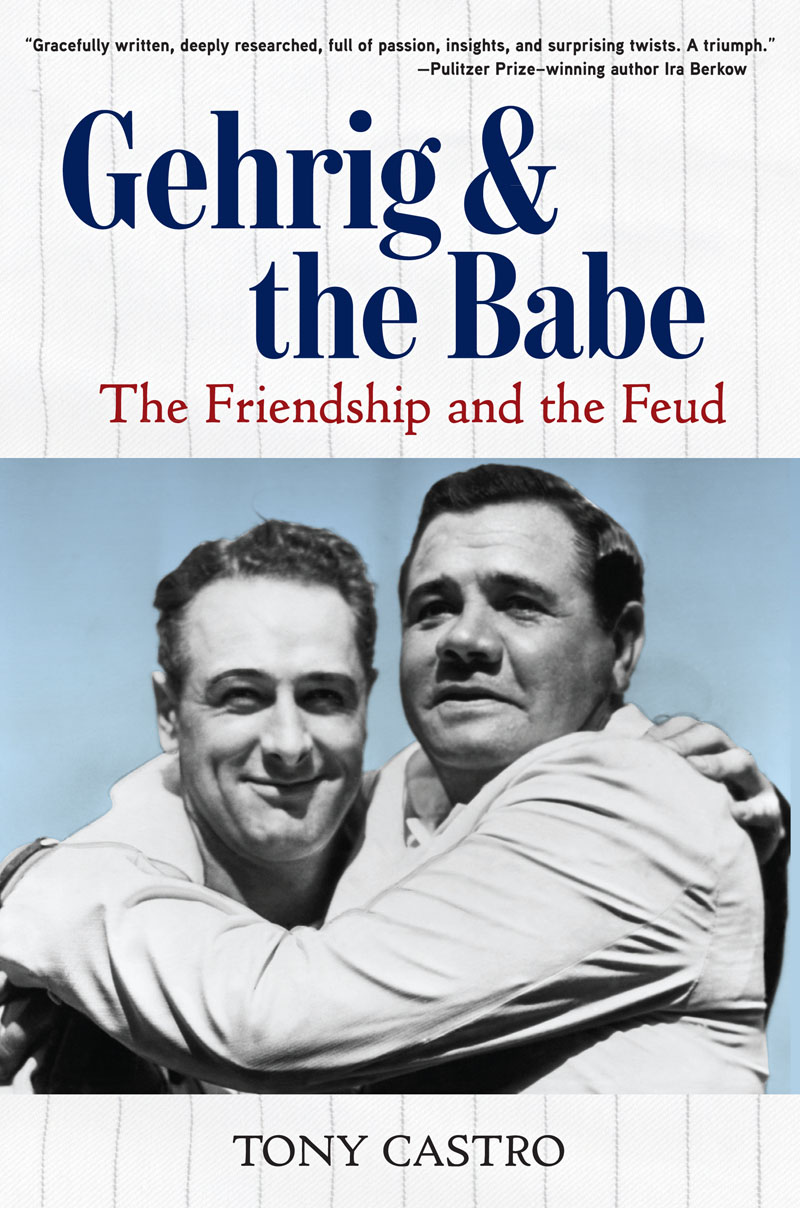
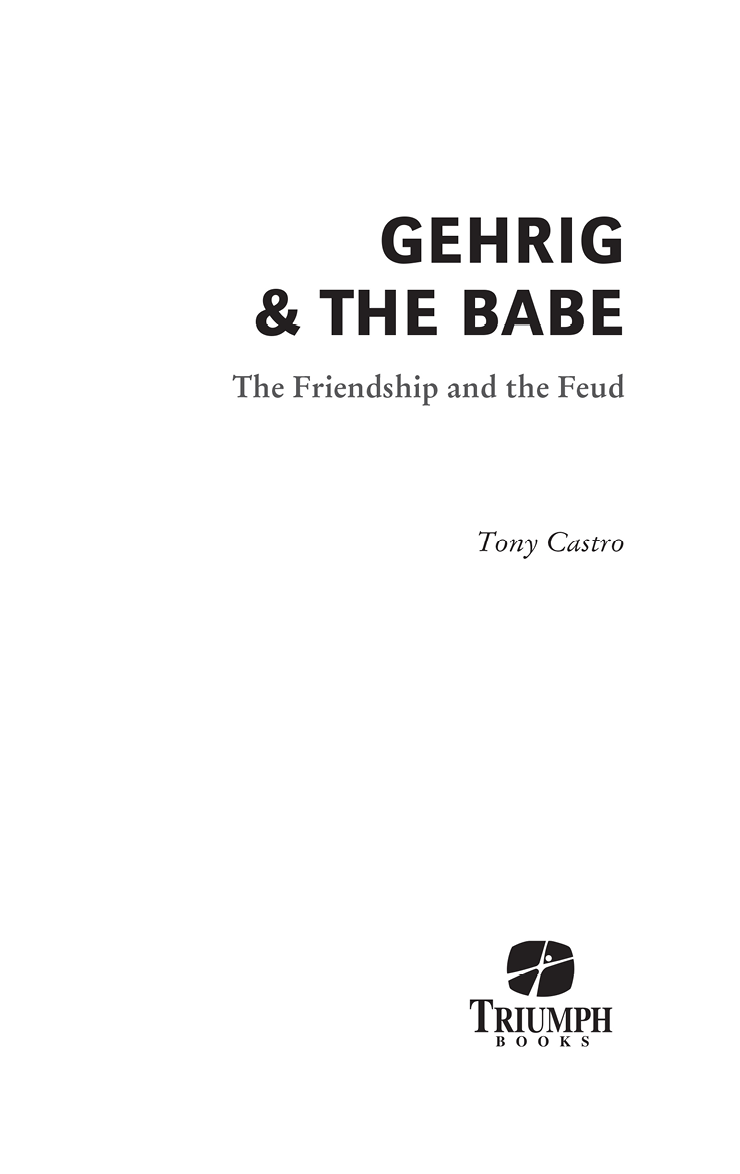
For Renee
There has never been anything like it. Even as these lines are batted out on the office typewriter, youths dash out of the AP and UP ticker room every two or three minutes shouting, Ruth hit one! Gehrig just hit another one!
Paul Gallico, 1927
Contents
Prologue
Pitchers began pitching to me because if they passed me they still had Lou to contend with.
Babe Ruth
Hollywood, California, April 1942
If it hadnt been for baseball, Babe Ruth often said, he would have been in either the penitentiary or the cemetery. But on this day, he felt, there was a third option: If it hadnt been for baseball, he would never have been on a goddamn movie set. A prison or a graveyard might indeed have been better, for he now found himself uncomfortably in the middle of Tinseltown. He hated the idea. He disliked movies as it was, and now the experience of being in film made him despise the industry even more. Babe couldnt see the magic others saw in cinema.
Like most Americans in the first half of the 20 th century, most ballplayers often spent their free time in movie houses, enamored by the silver screen and the movie stars projected to the size of pop culture gods. Perhaps if Babe hadnt been screwed over by Hollywood he might have felt the same. But he had been swindled out of thousands of dollars in the 1920s when a producer had jilted him on a movie deal. Babe would have killed him if he could have found him, so baseball fans should be thankful he didnt. He swore then never to appear in another movie. But then that was the Babe. He could swear never to do something one day and go back to doing it the next. So much for the Babe making a stand on principle; here he was on a movie set again. There had been no way of getting out of this film, which was now embarrassing and sad for him and his other New York Yankee teammates who also agreed to be in it.
On the set this day, Ruths discontent boiled over and became obvious, along with his increasing disgruntlement. Unsurprisingly, Babes displeasure, like so much else about him, was so Ruthian in its visibility that the entire 20 th Century Fox set was on edge. Yet no one knew exactly why Ruth was unhappy. It may have been difficult for some to imagine that an American icon who had maintained a fascinating hold on the publics attention for almost three decades could appear as nervous as Babe now seemed to be. Yet here he was, the symbol of boyhood dreams and pure Americana, perspiring so heavily that those who saw it assumed it was a case of nerves. Or perhaps he was truly ill, as some had reported. He had a relatively small role in the filmand it was a role he knew well, having played it his entire life, often with a flair for the dramatic. The movie business, however, could break even the most hardened of men, especially when subjected to the unforgiving heat from stage lights that were often a production nightmare. That was why makeup artists constantly blotted actors faces to remove the perspiration and oils and then went about setting and resetting the foundation with pressing powder to keep the makeup fresh. The makeup artist who touched up Babes makeup noticed that he was sweating profusely and asked an assistant nearby for a cup of water.
Water? said Babe Ruth, wiping his brow and forcing the makeup artist to reset the foundation anew. Thats all youve got?
Ruth obviously had something stronger in mind. He was a prolific drinker with an insatiable appetite for booze, food, and women, possibly in a different order. Water? Babe loved to munch on ice, to swig it in his mouth, something he did between innings of games. But water? Water was something Babe rarely drank alone. Cutty Sark and water? Now you were talking. Was there any scotch and water on the set? Ruth made no secret of his behavior, often boasting, I learned early to drink beer, wine, and whiskey. And I think I was about five when I first chewed tobacco. This was common knowledge within the game and among the sportswriters who wrote about baseball. In another era, one with a 24-hour news cycle and a tabloid newspaper culture, Ruths off-the-field exploits would have been easy fodder for sensationalism. However, the sportswriting of Ruths Golden Age of sports was one that turned skilled athletes into legends by waxing poetic about their accomplishments, as put by the immortal Grantland Rice, the dean of those sportswriters. When a sportswriter stops making heroes out of athletes, Rice once said, its time to get out of the business. So Babes legendary status as a baseball hero and role model for children remained intact. To the public, he was the incomparable slugger who had hit 60 home runs in 1927 and 714 homers for his careerunheard-of statistics before Ruth.
He was also the New York Yankees teammate and, at least in the eyes of the public, the inseparable partner of Lou Gehrig, the beloved, power-hitting first baseman for whom the nation was still mourning. At the height of his career, three years earlier, Gehrig had been tragically felled by a debilitating, fatal illness whose name few could pronounce or remember but which would become known because of himALS, amyotrophic lateral sclerosis,Lou Gehrigs disease.
If there had been any doubt of Gehrigs heroism as a sports idol, his fight against the illness that struck him down at the height of his career had elevated him to saintlike status. Americans still remembered Gehrigs unselfishness, which had been impressed upon them on July 4, 1939. It had been an extraordinary Fourth of July holidaystill two years before the war that consumed everyonewhen people across the nation paused and sat in their living rooms to listen to the Iron Horse, as he was affectionately known, address his teammates and fans at Yankee Stadium. Fans, for the past two weeks you have been reading about a bad break I got, the gravely ill Gehrig began, following with the words that would be memorialized with him: Yet today, I consider myself the luckiest man on the face of the earth.
That day, the Gehrig and Ruth friendship was forever immortalized by the emotional photograph of the heroic pair that was published in newspapers all over Americaof a gregarious Ruth in a dashing light-colored summer suit consoling his friend in Yankee pinstripes with a loving bear hug, cementing that moment as one of the most memorable in sports. It was this image of Ruths friendship and compassion that had further endeared him to America in his retirement. And so on the movie set this day, it was this Babe Ruth, a living sports immortal in a town that catered to self-centered stars, who was strangely feeling as if this were the last place he belonged.
Ruths drinking something far stronger than water to quench his thirst in the middle of a workday might have been unknown to someone unfamiliar with the history of the Babe. But on the set that day happened to be a young radio newscaster from North Carolina who had long followed Babe Ruthand who wanted desperately to break into Hollywood. His name was Johnny Grant, and this moment presented an unexpected opportunity for an aspiring young man who wanted to work in the movies. Hoping for a role as a movie extra, Grant had enlisted the aid of a friend on the films crew who helped him sneak onto the set of The Pride of the Yankees, a 20 th Century Fox biopic of Lou Gehrig starring Gary Cooper. A baseball fan all his young life, the 19-year-old Grant had immediately recognized Babe Ruth, who was in the film playing himself. It was seven years after Ruths retirement from the game, but he still appeared fit enough to step on the field and play baseballs Great Bambino. Grant also couldnt mistake that distinctive face of the Babe that looked as if had been sculpted from a boulder.
Font size:
Interval:
Bookmark:
Similar books «Gehrig and the Babe»
Look at similar books to Gehrig and the Babe. We have selected literature similar in name and meaning in the hope of providing readers with more options to find new, interesting, not yet read works.
Discussion, reviews of the book Gehrig and the Babe and just readers' own opinions. Leave your comments, write what you think about the work, its meaning or the main characters. Specify what exactly you liked and what you didn't like, and why you think so.

